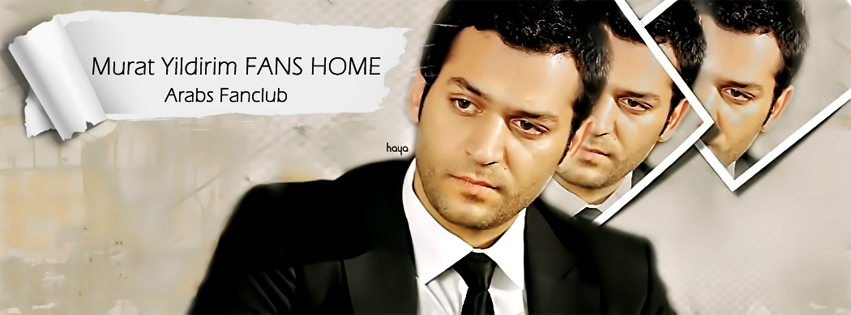Türkçe اللغة التركية . دروس مراجعــــــــــــة اللغة التركية .HOŞGELDİNİ
Z 1Basic Informationlearn
-*-*-*-*-*-*-*-*-*-*-*
At first, the Turkish language can seem very hard to get a grasp on due to its many differences to the English language. However you will soon realise that due to the rules of grammar never changing, it is actually quite easy once you get the hang of it!
Perhaps the hardest thing to learn is word order, as it is almost the direct opposite of English. For example, in English we would say 'I am going...to the shop...with my friend'. In Turkish though we would say 'With my friend...to the shop...I am going'.
The basic rule for word order in Turkish is generally subject + object + verb , for example;
The cat wanted food = kedi (the cat) yemek (food) istedi (wanted).
Another difference between English and Turkish is that there is no gender; he/she/it are all counted as the same, which can be quite confusing sometimes!
Unlike English, suffixes are used for almost everything in Turkish, by adding a suffix onto the root word you can completely change the meaning of a word. Words such as 'my, from, to, with, in, before, after, whilst' and many more are all added to the root word rather than being a seperate word on their own, for example - 'from my house' - 'evimden'.
The last point to explain here is vowel harmony. Vowel harmony means that when a suffix is added, its vowels will sometimes change depending on what the last vowel of the root word was
. This makes it easy to pronounce-*-*-*-*-*-*-*-*-*-*-*
At first, the Turkish language can seem very hard to get a grasp on due to its many differences to the English language. However you will soon realise that due to the rules of grammar never changing, it is actually quite easy once you get the hang of it!
Perhaps the hardest thing to learn is word order, as it is almost the direct opposite of English. For example, in English we would say 'I am going...to the shop...with my friend'. In Turkish though we would say 'With my friend...to the shop...I am going'.
The basic rule for word order in Turkish is generally subject + object + verb , for example;
The cat wanted food = kedi (the cat) yemek (food) istedi (wanted).
Another difference between English and Turkish is that there is no gender; he/she/it are all counted as the same, which can be quite confusing sometimes!
Unlike English, suffixes are used for almost everything in Turkish, by adding a suffix onto the root word you can completely change the meaning of a word. Words such as 'my, from, to, with, in, before, after, whilst' and many more are all added to the root word rather than being a seperate word on their own, for example - 'from my house' - 'evimden'.
The last point to explain here is vowel harmony. Vowel harmony means that when a suffix is added, its vowels will sometimes change depending on what the last vowel of the root word was



















» murat yildirim biography
» حلقة كوميدية بعنوان Patron kim ?
» صور لقاء مراد مع مجله المرأة اليونانية
» ظهور جديد لمراد يلدريم بورتشين تيرزيوجلو..تفاصيل جميله بالداخل
» لقاء جريده الصباح التركيه مع مراد يلدريم و ايمان الباني
» العشق الاسودج3
» اغاني المطرب مصطفى صندل ....متجدد
» فيلم مراد الجديد